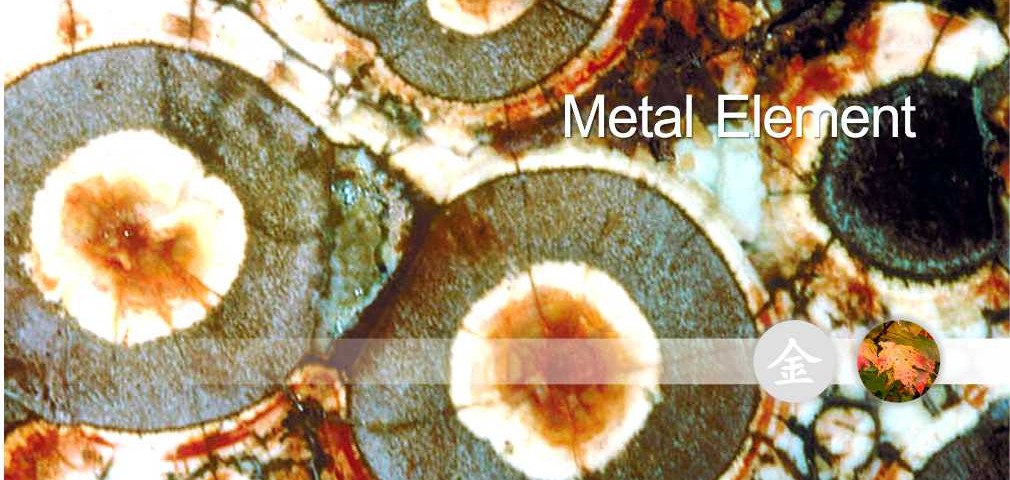Here’s some of the wonderful stuff I learnt about elderberries… Thanks, Dawn…
I went to a workshop run my medical herbalist, Dawn Ireland of The Hawthorn Practice.
Throughout history, the Elder has always been considered a magical medicine tree. However, recent advances have now been able to show us the science behind these ancient beliefs and prove their validity.
For example traditional herbal medicine has always considered elderberries to be helpful for colds and flu. It turns out that elderberries are indeed a very good anti-viral medicine.
Viruses are like microscopic, spiky balls. Their shapes vary, but the characteristic spikes are universal. They get into your body — via the air, in water droplets and by direct contact.
Once in the body, the viruses uses their spines to enter healthy cells and then replicate themselves from within the cell. That’s what is going on when you get the flu …
The helpful active ingredient in elderberry is an anthocyanin. Anthocyanins are the pigments that colour fruits, flowers, and leaves in autumn, and there are about 200 different varieties. The one in elderberries is particularly powerful and has been shown in a Petri dish to engulfs virus, breaking off their spines and thus disabling them.
Although elderberries may not stop you getting ill, they can help to shorten illness and stop viruses from really taking hold. This may also reduce the risk of secondary bacterial infections, that are often a greater risk to health.
Studies carried out by Sambucol — an elderberry syrup that you can buy from health food shops claims that their product is even effective against Swine flu …
As is often the way with herbal remedies, the best time to take elderberry mixtures is during autumn / winter, which is also when they are available. It is preferable to take them daily as a preventative measure, but you can also take them at the onset of a virus.
How to make Elderberry Syrup
1. Collect around about ½ to 1 carrier bag of elderberry clusters. (Less is fine, but you really don’t need more than this — take it from me, I spent several days processing elderberries this year!)
If you need help identifying elderberries, I have found a CBBC clip that is short and effective! How to identify elderberries and where to find them
- Lay your berries outside on some old newspaper for an hour’s or so, to allow any bugs to escape, and then start to pick the berries off the storks. Leave any that aren’t ripe or are still green, also avoid any that are particularly dirty.
- Once they’re off, give them a good rinse in a colander. (If you’re making wine miss out this step and be extra careful selecting clean berries, you can’t wash them as you want to preserve the natural yeasts.)
- Next, put them in a pan and add water until you can just see it seeping up between the top layer of berries. Put on a medium heat, bring to the boil, lower the heat and simmer for around 20 minutes.
- When it’s cooled a little strain the berries off through a sieve, preferable lined with muslin. Crush the berries with the back of a spoon to get as much goodness out as possible. You can leave the whole thing to drip overnight if you like and if you are using muslin you can also wrap the whole thing tight and squeeze. Warning – elderberry juice makes your hand/and nail beds go black, so if you need to be presentable any time in the next week I suggest wearing gloves!
- Now you need to measure out your juice. For every 500ml you need to add 250g of brown sugar. You can use honey or agave syrup instead if you like, but don’t reduce the quantity as this ratio works as a preservative (If you are diabetic alcohol also works as a preservative, so you may be better off making a tincture using vodka… See below)
- Put the juice in a pan with the sugar and any solid spices that you have to hand e.g, cloves, cinnamon sticks, star anise, cardamom, all spice (This is supposed to help the medicinal proprieties of the syrup as the warming nature of the spices, helps to open up the capillaries, encouraging the distribution of the beneficial agents – It also makes it taste nice!)
- Stir until the sugar is dissolved and then simmer for another 20 minutes
- Once that’s done you need to put the syrup into sterilise bottles. You can sterilise using a solution such as Milton’s or by putting clean glass bottles or jars in a cold oven. Next, set the temperature at 160 °C once it reaches full heat, turn it off and leave the bottle in there for 20 minutes. You need to bottle the whilst both the syrup and the bottles (if using that method) are still warm but not so hot that you’ll burn yourself.
And that’s it! You can now use the syrup:
like you would a cough medicine – 1 teaspoon full every few hours
as a hot cordial (lovely over the winter)
as a sauce over ice cream or puddings
as a flavour enhancer in gravies and so on, especially with strong red meats like duck or game
If you’d rather make elderberry wine I have found a link to a traditional old recipe that is super easy and doesn’t require anything but elderberries and sugar…
Here’s a link for making elderberry tincture and advice on dosage. You have to scroll down to find it.
Enjoy 🙂




